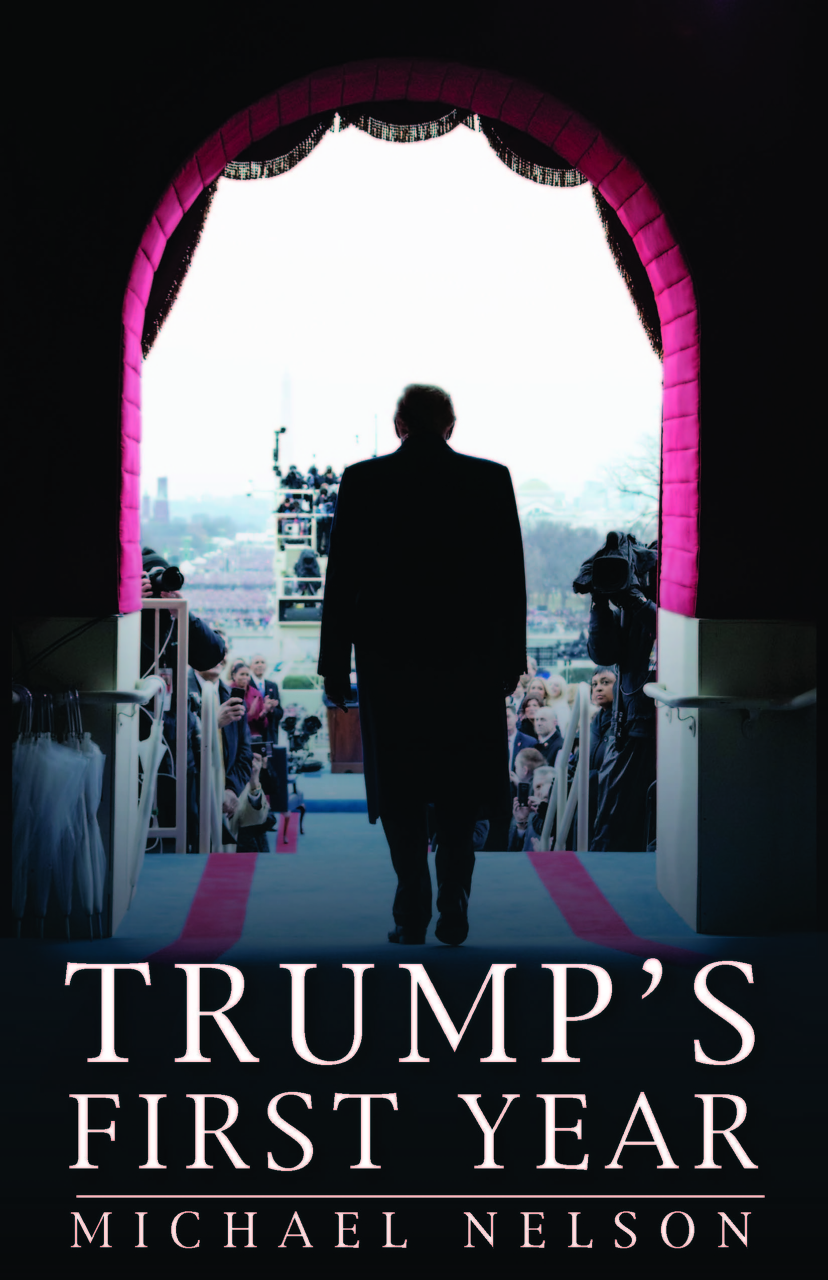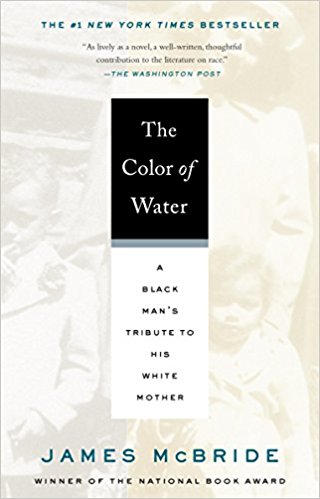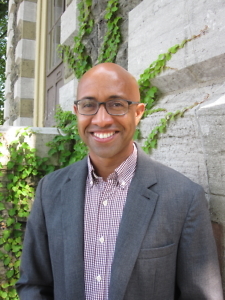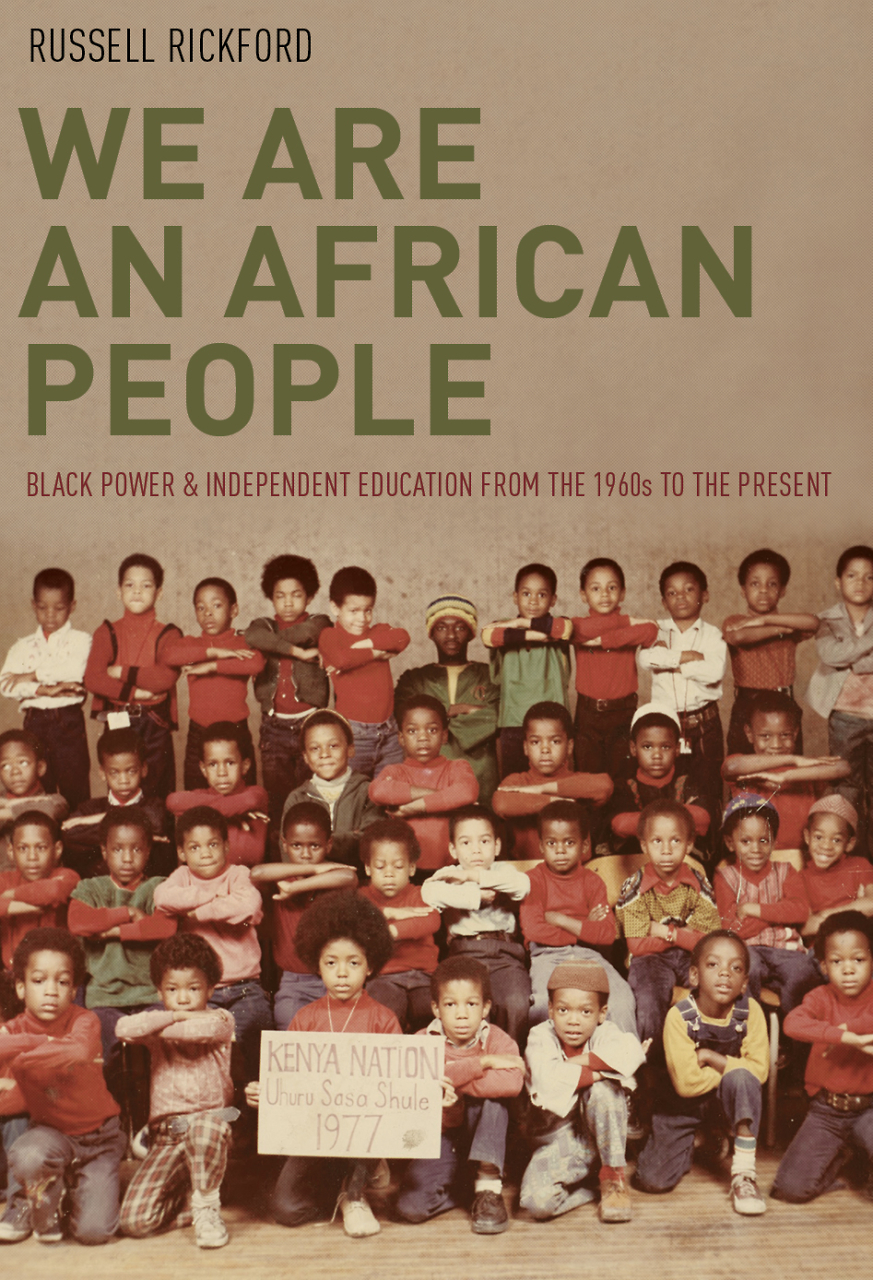Soldiers with No Names
Jeffrey Jackson tells a story of love, art, and resistance during World War II
“The cowardly bureaucrats of the police, who live on lies and shameful cruelty, will be destroyed by the Soldiers with No Names.” On the island of Jersey, in the English Channel, two women named Lucy Schwob and Suzanne Malherbe dropped notes such as this one, trying to sow doubt among the German military occupiers during World War II. In his gripping historical narrative, Paper Bullets, Jeffrey H. Jackson rescues the story of resistance by these two remarkable women.
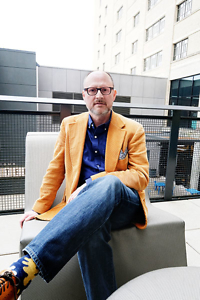
Jackson is professor of history at Rhodes College. He is the author of Paris Under Water: How the City of Light Survived the Great Flood of 1910 and Making Jazz French: Music and Modern Life in Interwar Paris. He answered questions from Chapter 16 via email.
Chapter 16: What was the status of Jersey during World War II? What role did Lucy Schwob and Suzanne Malherbe play in the island’s wartime history?
Jeffrey Jackson: The history of Jersey during World War II is not widely known in the popular imagination, but it was actually quite important. Hitler constructed a series of fortifications along the eastern edge of Nazi-occupied territory to defend against Allied invasion. He called it the “Atlantic Wall.” The Channel Islands, located just off the coast of Normandy, were the only bits of British territory conquered during the war, and they were on the leading edge of the Atlantic Wall. So they were strategically very important. As a result, thousands of German troops were stationed there, and many of the aircraft during the Battle of Britain launched from the Islands. Their military significance also meant that no resistance or defiance of the occupation could be tolerated.
Chapter 16: “For Lucy and Suzanne,” you write, “fighting the German occupation of Jersey was the culmination of lifelong patterns of resistance.” How so? Who were these women? What were their pre-war experiences?
Jackson: Lucy and Suzanne had grown up as daughters of wealth and privilege in the southern French city of Nantes. Lucy’s father owned and edited a newspaper, and Suzanne’s was an important surgeon and head of the medical school. But from a young age, they were also rebellious. They fell in love as teenagers, but it was difficult to pursue a same-sex relationship as daughters of such prominent fathers in a conservative society. They were also artists — Lucy was a writer and Suzanne an illustrator; they collaborated on photography — and they moved to Paris after World War I. There, they became part of avant-garde art circles and made friends with Surrealists and communists. Their work, especially their photography for which they are now somewhat famous, was really shocking to many people because it challenged traditional notions of beauty and femininity.
Lucy’s father’s family was also Jewish, and she grew up amidst the anti-Semitic political scandal called the Dreyfus Affair at the turn of the century. At one point, because her father was a supporter of Dreyfus, a Jewish army captain falsely accused of treason, crowds of people throughout her hometown shouted, “Down with the Jews!”, including outside Lucy’s family’s apartment. All of those life experiences trained them to be fighters and gave them the tools they would need to battle the Nazis.
Chapter 16: For some queer people today, Lucy and Suzanne are seen as role models because of their lesbian relationship and their refusal to conform to traditional notions of femininity. How did their sexuality shape their identity and their politics?
Jackson: At the time, lesbians in France were widely visible because they had created many places to meet and mingle. But they were also viewed with great suspicion. Critics argued that lesbians undermined people’s morality and were not doing their patriotic duty to produce children after the war had killed off a generation of French men. Even in the artistic world, many people — including their friend the Surrealist artist André Breton — were homophobic. Lucy and Suzanne had to navigate this world with care.
But being in Paris also allowed them to experiment with clothing, hairstyle, and gender. They took gender-neutral artistic names: Lucy became Claude Cahun (in French, Claude can be either a man’s or a woman’s name), and Suzanne became Marcel Moore. They often dressed in men’s clothing (which was technically illegal in France), and they cut their hair short, which many women did in the post-World War I period. Lucy sometimes even shaved her head. For them, all of these acts were about inhabiting new personae and rejecting the stuffy, bourgeois world in which they had grown up. It also meant that the personal was political for them because they were making a statement that they did not accept traditional norms about women or femininity.
 Chapter 16: About half of Paper Bullets occurs after the Nazi occupiers catch and arrest the two protagonists. How do Lucy and Suzanne remain resisters while on trial and imprisoned?
Chapter 16: About half of Paper Bullets occurs after the Nazi occupiers catch and arrest the two protagonists. How do Lucy and Suzanne remain resisters while on trial and imprisoned?
Jackson: For four years before their arrest, Lucy and Suzanne wrote and passed notes — all written in German — to the soldiers on Jersey, encouraging them to go home or to realize that the war was lost. Many of the notes were bawdy jokes, songs, summaries of BBC news reports, dialogues, poems, slogans, and sometimes photomontages. They were trying to get inside the heads of the German soldiers and make them think about the war in a different way.
After their arrest, Lucy and Suzanne couldn’t produce these notes any longer, but they did continue to resist. They spread news inside the jail about the progress of the war, or about the condition of other prisoners in order to help keep spirits up. Some of the prisoners were themselves soldiers arrested for treason or desertion, and Lucy and Suzanne ministered to them, passing them cigarettes or bread, or just offering a kind word. The German guards in the prison on Jersey were not hard-core ideological Nazis, but rather ordinary Germans doing their patriotic service, and Lucy and Suzanne befriended them. Some of the stories I tell in the book about the jailers are surprising since they are not how we are used to thinking about German soldiers. Lucy and Suzanne took pity on them, but even that pity was a way to resist.
Chapter 16: Previously, scholars knew much more about Lucy. How do you reclaim Suzanne’s place in history?
Jackson: In the 1980s and 1990s when their photography (under their artistic names Claude Cahun and Marcel Moore) was rediscovered, the images were attributed to Lucy (as Cahun) because she is the one in nearly all the images that are “artistic,” even though Suzanne was the one clicking the camera’s shutter. Lucy also published a book in 1930 that contains some of the photomontages they collaborated on, but because it’s her book, many people have still assigned authorship of the images to Claude Cahun alone.
The archival collections I used, both at Yale University and in Jersey, allowed me to recover Suzanne’s voice. Her post-war reminiscences speak very clearly about what each of them did during the war in a way that other scholars have not paid attention to because they had come to believe that Lucy was the one behind the resistance, just as they believed she was the one behind the photographs. I try to restore the balance in this book to show just how collaborative all their work truly was.
Chapter 16: Perhaps the most remarkable aspect of Paper Bullets is its level of detail and its feeling of immediacy. How did you conduct the research? How did you approach the writing?
Jackson: The book was many years in the making. It required research trips to Yale, London, Jersey, and a few other places. Many of the details and descriptions come from a careful reading of Lucy and Suzanne’s writings, but I’ve tried to fill in information about the historical context to help their words come to life. The hardest part about writing this book was making sense of the documents they left behind. Lucy’s descriptions were disjointed and recorded in a stream-of-consciousness style. Suzanne’s post-war memoirs were often phrases, disconnected sentences, and unfinished paragraphs jotted down randomly on slips of paper (sometimes on the back of an envelope or a calendar). I had to piece all of the material together like a puzzle and construct a narrative flow out of this absolute jumble of words. I also had to make sure I was attributing each source correctly because previous scholars had assumed that all the descriptions of their activity were written by Lucy. But, in fact, Suzanne wrote many of them, and often it’s clear that Lucy’s retelling of them is shaped by Suzanne’s versions of events.
I also wanted to respect their relationship without trying to describe it in ways which I could not. I am a heterosexual cisgender man writing about lesbians who some people today would consider transgender (even though neither Lucy nor Suzanne would have used that word; they didn’t even really describe themselves as lesbians in their writing). I did not want to try to imagine details or describe aspects of the love story which they did not discuss, both because they were so private about their relationship and because I wanted to acknowledge my own limits in approaching that part of the story.
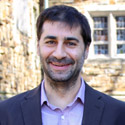
Aram Goudsouzian is a professor in the history department at the University of Memphis. His most recent book is The Men and the Moment: The Election of 1968 and the Rise of Partisan Politics in America.

